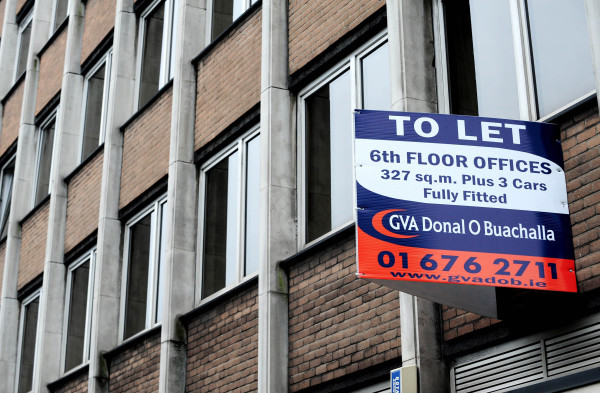

The final terms of Brexit might not be known for some time, but markets have quickly adjusted to the new reality.
Interest rates appear set to stay low for some time to come, so investors are looking to UK commercial property, which offers a steady and reliable income yield over the long term. Between 2000 and 2017, income formed the core component of total return for property investors, delivering 74 per cent of the Investment Property Databank monthly index total return.
At a time when equity markets are reaching historic highs, property gives investors important diversification. It also offers an illiquidity premium to investors.
The UK commercial property market is in a fundamentally strong position with low overall vacancy rates. In the wake of the Brexit vote, there is muted development around the UK. The City is an exception to the rule, because the lead time for the planning process is so long that many of the buildings rising out of the ground now were started before the Brexit referendum was announced.
Even the June 2017 general election, which resulted in a hung parliament, has not interrupted the property market’s trajectory. Valuations are up across all property sectors.
The weak pound makes investing in UK property especially appealing to overseas investors. A little over a month after the general election, the record-breaking £1.3bn sale of London’s iconic Walkie Talkie skyscraper to Hong Kong investors boosted confidence.
Britain is evolving in the wake of the vote to leave the EU. In today’s uncertain environment, carefully selecting opportunities that match demand is more important than ever before.
At present, vacancy rates are low. There is strong demand for the right property, at the right time, at the right rent.
In the first quarter of 2017 there were many events approaching with the potential to disrupt the market. The general election was scheduled and Brexit negotiations were starting to take place. Prudent investment managers therefore built up high cash reserves.
Tenants are taking a similar approach – playing it safe when renting commercial space. They are generally looking for smaller premises of less than 15,000 square feet, making larger properties harder to let.
Key Points
- The UK commercial property market is in a fundamentally strong position.
- Commercial properties outside expensive central London are a promising investment.
- Warehouse storage and distribution facilities are much in demand due to internet shopping.
Smaller occupiers also tend to be more domestically focused in their business. They are therefore possibly less affected when it comes to Brexit. As ever, it will be important for fund managers to align their portfolios with demand from investors.
Several specific areas and types of property are set to perform well in the current environment.
Investing in ‘trophy’ assets – such as landmark buildings – at the keenest yields is a risky business, as often there is little room to add value and a building’s condition will only deteriorate over time. Often these buildings are let at the highest rates, meaning rental value growth is hard to achieve. Instead, savvy investors are travelling the UK in search of opportunities to add value and rental growth.
Risky speculative developments, which can fail at many points during the planning and building process, are undesirable in uncertain economic times. Refurbishing standing investments to add value is a better way to achieve income growth for clients.
Another promising growth area is commercial properties outside expensive central London. These must still be well connected to main roads, such as the M25, and situated in areas where people want to live and work.
The country’s shopping habits have changed – and building work has not kept up. As consumers increasingly turn to the internet to shop rather than visiting the high street, companies need more space to keep their wares.
For that reason, warehouse storage and distribution facilities are much in demand. The industrial sector is especially appealing because few properties have been built during the past decade, meaning there is high demand for the existing stock. Most appealing are modern, detached distribution warehouses with high docking doors, allowing large trucks to enter and exit with ease. Such warehouses should be situated close to motorway networks.
While internet shopping is seeing exponential growth, there are some things people want to see in person before making a purchase. Furniture, kitchen and pet stores still receive frequent visitors. That is why retail parks, where customers can park and visit DIY or furniture shops, are another type of property investment that should bear fruit.
While rental value growth in the retail and industrial sectors has stayed steady, the office market has seen a 2.5 per cent drop in value in the 12 months to June 30, 2017, from a previous high. This is in part because of fears Brexit will have a negative effect on the types of businesses that need office space.
To summarise, in a low income environment, carefully selected property holdings will deliver better yields than bonds, with a similar degree of stability. As the UK adjusts to the post-Brexit poll reality, a central tenet of investment comes to the fore: diversification will help cushion investors from volatility.
Don Jordison is managing director, property, of Columbia Threadneedle Investments



